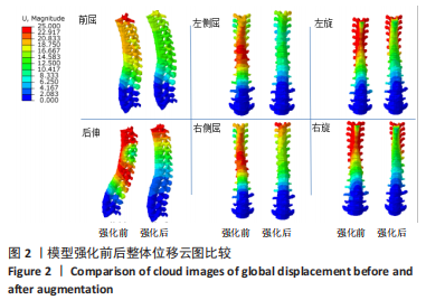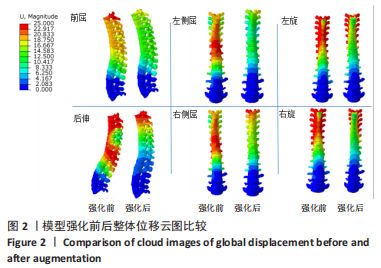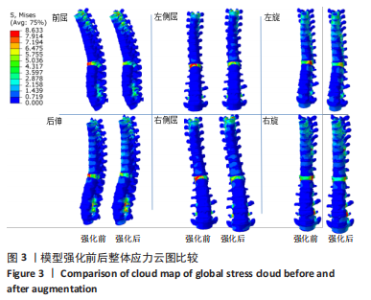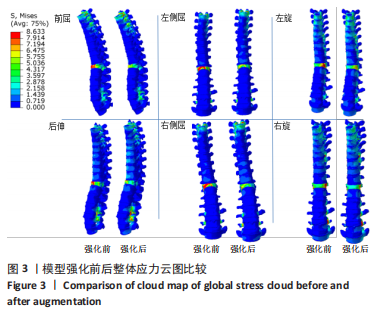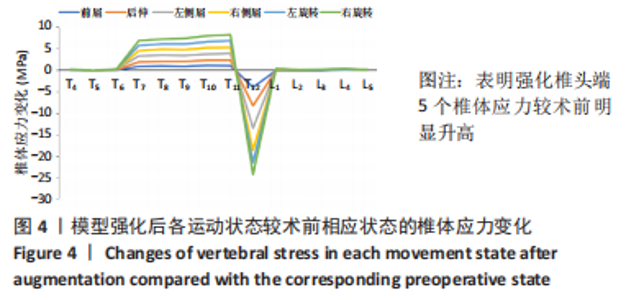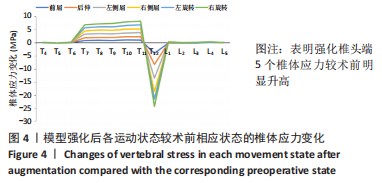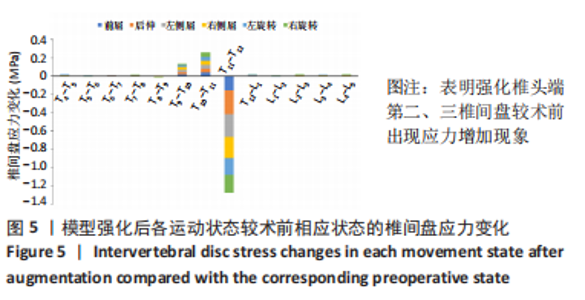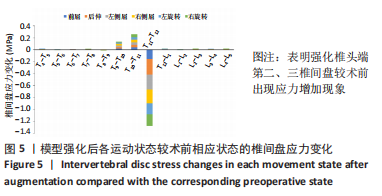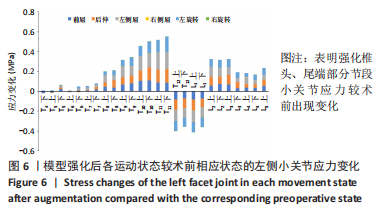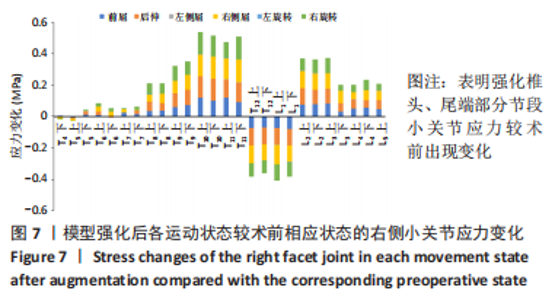[1] ONG KL, BEALL DP, FROHBERGH M, et al. Were VCF patients at higher risk of mortality following the 2009 publication of the vertebroplasty “sham” trials? Osteoporos Int. 2018;29(2):375-383.
[2] HINDE K, MAINGARD J, HIRSCH JA, et al. Mortality Outcomes of Vertebral Augmentation (Vertebroplasty and/or Balloon Kyphoplasty) for Osteoporotic Vertebral Compression Fractures: A Systematic Review and Meta-Analysis. Radiology. 2020;295:96-103.
[3] CLARK W, BIRD P, GONSKI P, et al. Safety and efficacy of vertebroplasty for acute painful osteoporotic fractures (VAPOUR): a multicentre, randomised, double-blind, placebo-controlled trial. Lancet. 2016;388:1408-1416.
[4] ZHU RS, KAN SL, NING GZ, et al. Which is the best treatment of osteoporotic vertebral compression fractures: balloon kyphoplasty, percutaneous vertebroplasty, or non-surgical treatment? A Bayesian network meta-analysis. Osteoporos Int. 2019;30:287-298.
[5] LIU J, TANG J, GU ZC, et al. Fracture-free probability and predictors of new symptomatic fractures in sandwich, ordinary- adjacent, and non-adjacent vertebrae: a vertebra-specific survival analysis. J Neurointerv Surg. 2021;13(11): 1058-1062.
[6] BAROUD G, NEMES J, HEINI P, et al. Load shift of the intervertebral disc after a vertebroplasty: a finite-element study. Eur Spine J. 2003;12(4):421-426.
[7] POLIKEIT A, NOLTE LP, FERGUSON SJ. The Effect of Cement Augmentation on the Load Transfer in an Osteoporotic Functional Spinal Unit: finite-element analysis. Spine. 2003;28(10):991-996.
[8] CHO AR, CHO SB, LEE JH, et al. Effect of Augmentation Material Stiffness on Adjacent Vertebrae after Osteoporotic Vertebroplasty Using Finite Element Analysis with Different Loading Methods. Pain Physician. 2015;18(6):E1101-E1110.
[9] WILCOX RK. The biomechanical effect of vertebroplasty on the adjacent vertebral body: a finite element study. Proc Inst Mech Eng H. 2006;220(4):565-572.
[10] 徐建彪,张伟学,王鸿晨,等.骨水泥注入量对经皮椎体后凸成形术后相邻椎体应力影响的有限元分析[J].脊柱外科杂志,2017,15(3):177-181.
[11] 李安明,史国号,王国柱,等. 椎体成形术对相邻椎体生物力学影响的有限元分析[J].重庆医学,2021,50(2):215-219.
[12] 包拥政,祝周兴,冯云升,等.低弹性模量骨水泥对骨质疏松压缩性骨折椎体及邻近椎体应力的影响:三维有限元分析[J].中国组织工程研究,2016, 20(16):2285-2293.
[13] CHEN XS, JIANG JM, SUN PD, et al. How the clinical dosage of bone cement biomechanically affects adjacent vertebrae. J Orthop Surg Res. 2020;15:370.
[14] 唐勇涛,魏思奇,吴长军,等.PKP不同增强方式对相邻椎体结构生物力学影响的有限元分析[J].中国骨科临床与基础研究杂志,2017,9(3):167-174.
[15] NAGARAJA S, AWADA HK, DREHER ML, et al. Vertebroplasty increases compression of adjacent IVDs and vertebrae in osteoporotic spines. Spine J. 2013; 13(12):1872-1880.
[16] LUO J, ANNESLEY-WILLIAMS DJ, ADAMS MA, et al. How are adjacent spinal levels affected by vertebral fracture and by vertebroplasty? A biomechanical study on cadaveric spine. Spine J. 2017;17:863-874.
[17] KAYANJA M, EVANS K, MILKS R, et al. The mechanics of polymethylmethacrylate augmentation. Clin Orthop Relat Res. 2006;443:124-130.
[18] DABIRRAHMANI D, BECKER S, HOGG M, et al. Mechanical variables affecting balloon kyphoplasty outcome – a finite element study. Comput Methods Biomech Biomed Engin. 2012;15(3):211-220.
[19] 刘京,刘莹,张伟. 基于定量CT有限元分析和计算解剖学预测骨折[J].中华骨质疏松和骨矿盐疾病杂志,2021,14(6):663-667.
[20] ZHANG M, GONG H, ZHANG K, et al. Prediction of lumbar vertebral strength of elderly men based on quantitative computed tomography images using machine learning. Osteoporos Int. 2019;30(11):2271-2282.
[21] GIAMBINI H, DRAGOMIR-DAESCU D, NASSR A, et al. Quantitative computed tomography protocols affect material mapping and quantitative computed tomography -based finite -element analysis predicted stiffness. J Biomech Eng. 2016;138(9):1-7.
[22] KANEKO TS, BELL JS, PEJCIC MR, et al. Mechanical properties, density and quantitative CT scan data of trabecular bone with and without metastases. J Biomech. 2004;37(4):523-530.
[23] RHO JY, HOBATHO MC, ASHMAN RB. Relations of Mechanical Properties to Density and CT Numbers in Human Bone. Med Eng Phys. 1995;17(5):347-355.
[24] HOBATHO MC, RHO JY, ASHMAN RB. Anatomical Variation of Human Cancellous Bone Mechanical Properties In Vitro. Stud Health Technol Inform. 1997;40:157-173.
[25] MORGAN EF, BAYRAKTAR HH, KEAVENY TM. Trabecular bone modulus–density relationships depend on anatomic site. J Biomech. 2003;36(7):897-904.
[26] HELGASON B, PERILLI E, SCHILEO E, et al. Mathematical relationships between bone density and mechanical properties: A literature review. Clin Biomech (Bristol, Avon). 2008;23(2):135-146.
[27] KEYAK JH, ROSSI SA, JONES KA, et al. Prediction of femoral fracture load using automated finite element modeling. J Biomech. 1998;31(2):125-133.
[28] TENG MM, WEI CJ, WEI LC, et al. Kyphosis correction and height restoration effects of percutaneous vertebroplasty AJNR Am J Neuroradiol. 2003;24(9):1893-1900.
[29] CHAE SW, KANG HD, LEE MK, et al. The effect of vertebral material description during vertebroplasty. Proc Inst Mech Eng H.2010;224(1):87-95.
[30] PANYASANTISUK J, DALL’ARA E, PRETTERKLIEBER M, et al. Mapping anisotropy improves QCT-based finite element estimation of hip strength in pooled stance and side-fall load configurations. Med Eng Phys. 2018;59:36-42.
[31] 郭文文,刘静,曹慧,等. 正常与骨质疏松肱骨的三维重建及有限元分析[J]. 中国医疗设备,2018,33(4):33-37.
[32] 陈荣彬,李勇,白杰,等.三种骨水泥弥散类型对胸腰段椎体强化术后术椎应力影响的三维有限元分析[J].中国脊柱脊髓杂志,2020,30(7):628-637.
[33] PENG Y, DU X, HUANG L, et al. Optimizing bone cement stiffness for vertebroplasty through biomechanical effects analysis based on patient-specific three-dimensional finite element modeling. Med Biol Eng Comput. 2018;56(11): 2137-2150.
[34] 张勋,孟凡超,庞倩文,等.腰椎经皮穿刺球囊扩张椎体成形手术理想骨水泥形态分布及注射量的有限元分析[J].哈尔滨医科大学学报,2022,56(1):36-41.
[35] 赵文韬,秦大平,张晓刚,等.骨质疏松性椎体压缩骨折椎体强化术后不同椎体高度对相邻椎体应力影响的有限元分析[J].中国骨质疏松杂志,2018, 24(9):1141-1147.
|


